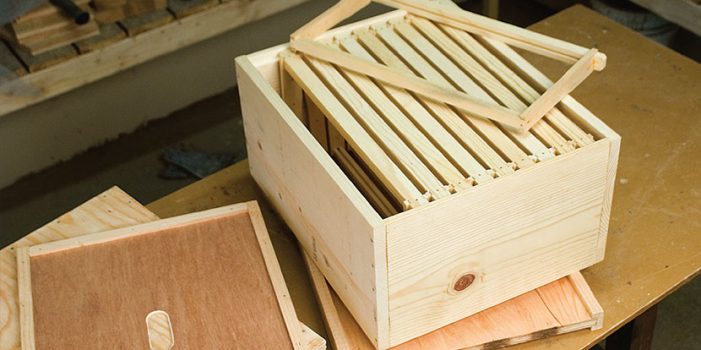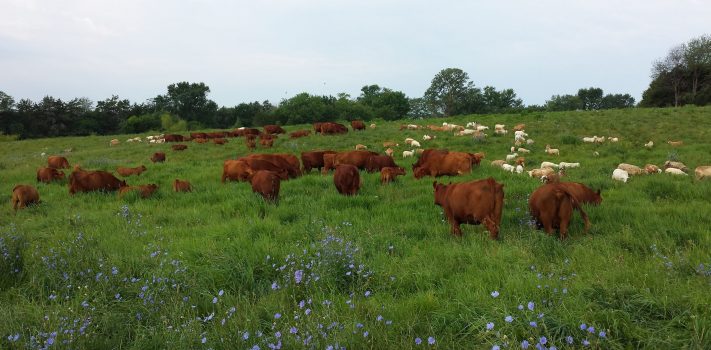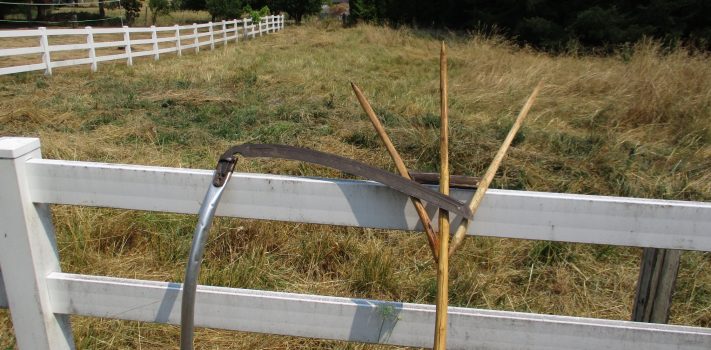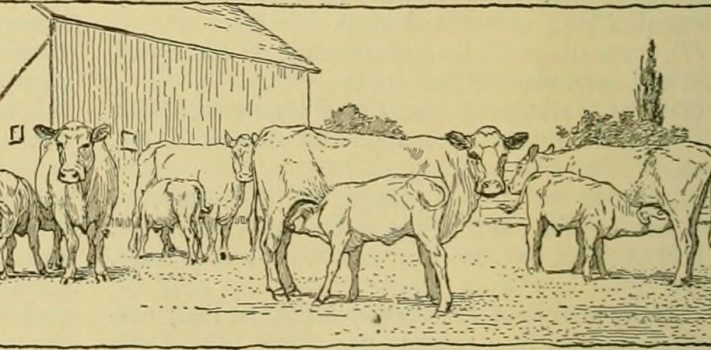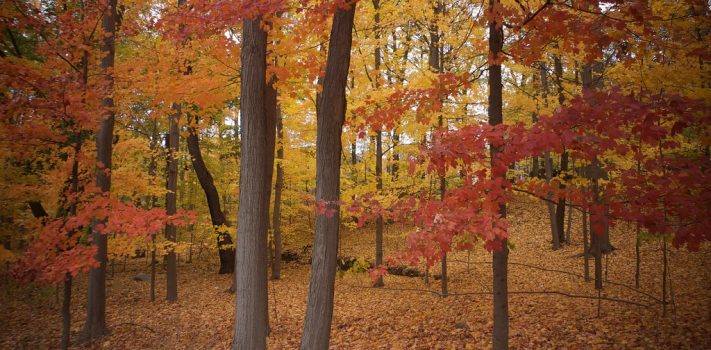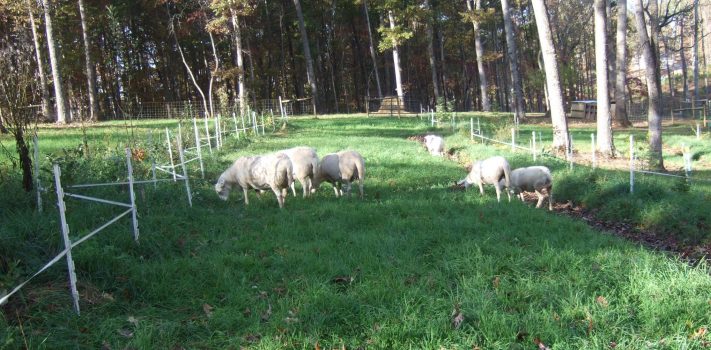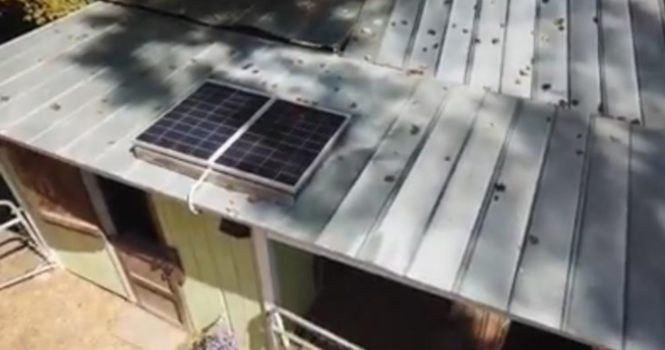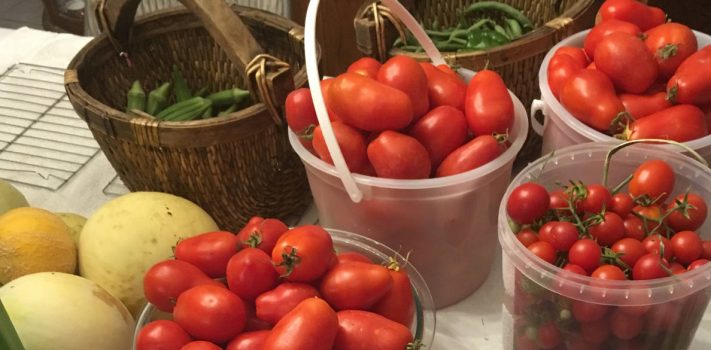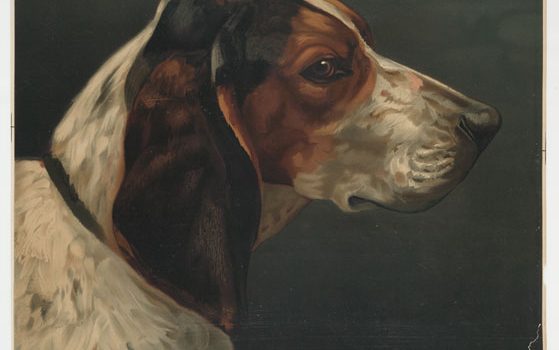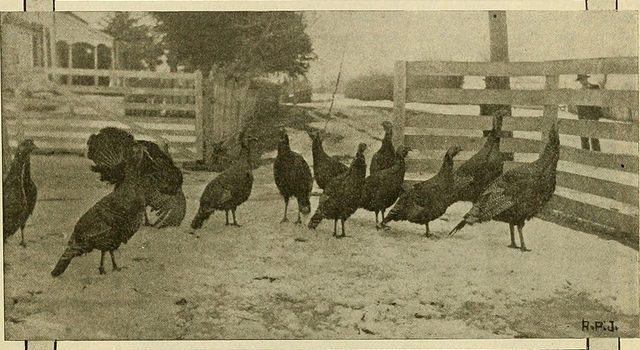Introduction to Beekeeping – Part 2, by K. in Tennessee
(Continued from Part 1. ) III – The Hive The Beehive is the home you provide for the bees. It is supposed to make your task of managing the hive easier, while giving the bees what they want for a home. This is where you show your mettle and what you have learned. If the bees don’t like your home, don’t worry, they’ll just leave! The signs are all there if you know how to read them (an experienced mentor can help immensely). There are several styles of hives out there. Top Bar and Langstroth hives are the most common …

